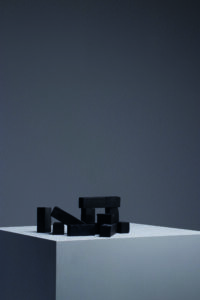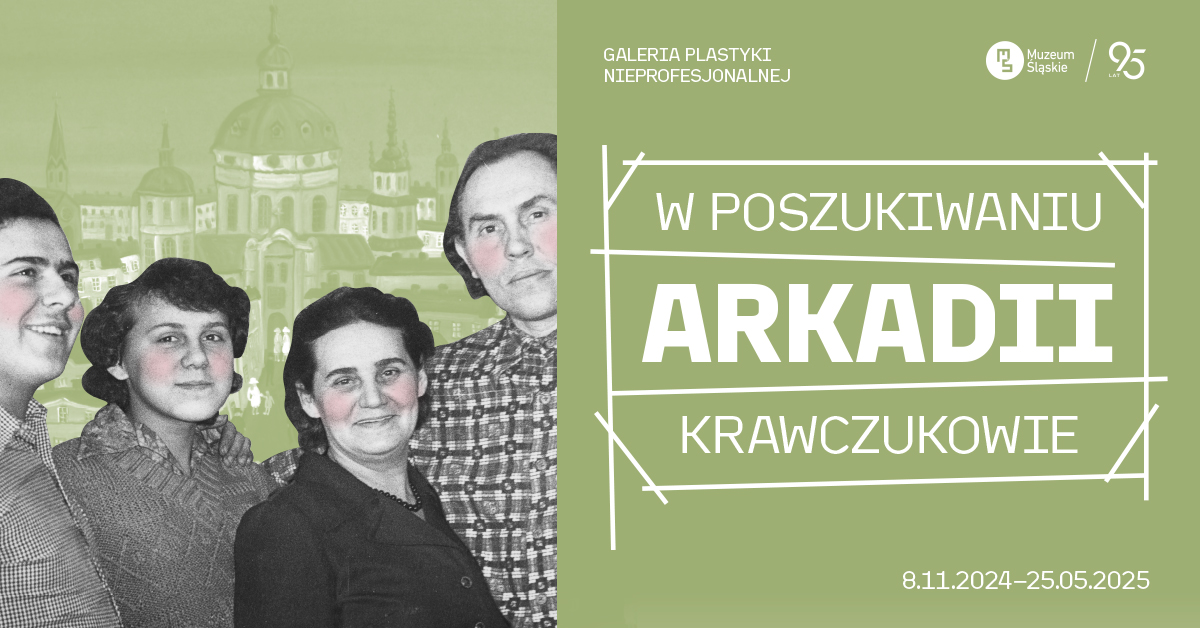A critical design, that, through unconventional way of considering coal (as a material, not fuel), challenges the status quo. The set of objects, by changing the way of perceiving coal, is to bring the issues related to burning coal to a wider audience closer.
The resulting objects tend to pose questions rather than provide answers. In addition, their questionable functionality stays contrary to their obvious destiny. The authors believe that this lack of usefulness is the key to make people think, and perhaps also the beginning of a debate about the responsibility of the designer and the role of the individual in fighting the climate change. The presentation raises awareness of the consequences of peoples’ interfering with the natural world and makes us think whether this potentially future world is the one we would like to live in.
COAL BLOCKS
Coal blocks can cause some kind of disruption. Is the material used to make them safe for kids? Should a child play with black objects? Or should a child touch the “dirty” coal? On the other hand – treated more metaphorically – coal blocks ask the question whether several types of black solids allow creating a real scenery for playing, for example in a home or in a city?
And what if, thanks to our actions, reality became possible to reproduce only with the help of several black, simple blocks? There is no place for bridges in it anymore because there are no rivers. But there is also no room for diversity, because pollution caused by burning coal has already killed it.
Coal blocks articulate and reinforce the fear of the “black future” and make us think whether it is the future we want for us or our children. Is it a set that we would buy to play, guided solely by the aesthetics of the product? Does it always “less” (shape, color) mean “more”?
URN
Fossil coals are sedimentary rocks of organic origin, which formed in special climatic conditions as a result of the decomposition of plant material. They perform important ecological functions in the soil, improving the structure and sorption properties of soils. The formation of fossil fuels deposits was a long and extremely complicated process. It was calculated theoretically that it had taken around 1,200 years to create a 1m thick coal seam.
The urn made of coal on the one hand symbolizes the death of every form of life as a result of humanity’s violation of the regular cycles of nature. The material from which the vessel was made changes its meaning: from the element of life, coal becomes a source of destruction that awaits the Earth if human continues to burn minerals containing it. In addition, the urn to be laid in the ground suggests that this is the best place for coal and it should rest there.
CANDLE
Most of the fragrances of cleaning supplies and air fresheners, despite their chemical character, are named after the aromas of fruit, flowers or forest, mountain air, sea breeze – names derived from nature.
A natural scent candle also draws inspiration from nature. However, in this case it signals its poor condition, manifested in the air of poor quality. After lighting the candle, we do not feel a pleasant smell of a spruce forest or a blossoming meadow. The air will be filled with a bland, suffocating smell of smog, and the wick of the candle will be fuming.
It turns out that nature, which human beings are part of, under his order, ceases to be welcomed at home.



Pozostałe Archiwum wystaw

Toshihiro Hamano. Beauty of Japan – Tradition and Modernity
6.12.2024-9.03.2025
przestrzeń wystaw czasowych na poziomie -4

W poszukiwaniu Arkadii. Krawczukowie
8.11.2024-25.05.2025
przestrzeń wystaw czasowych na poziomie -2

